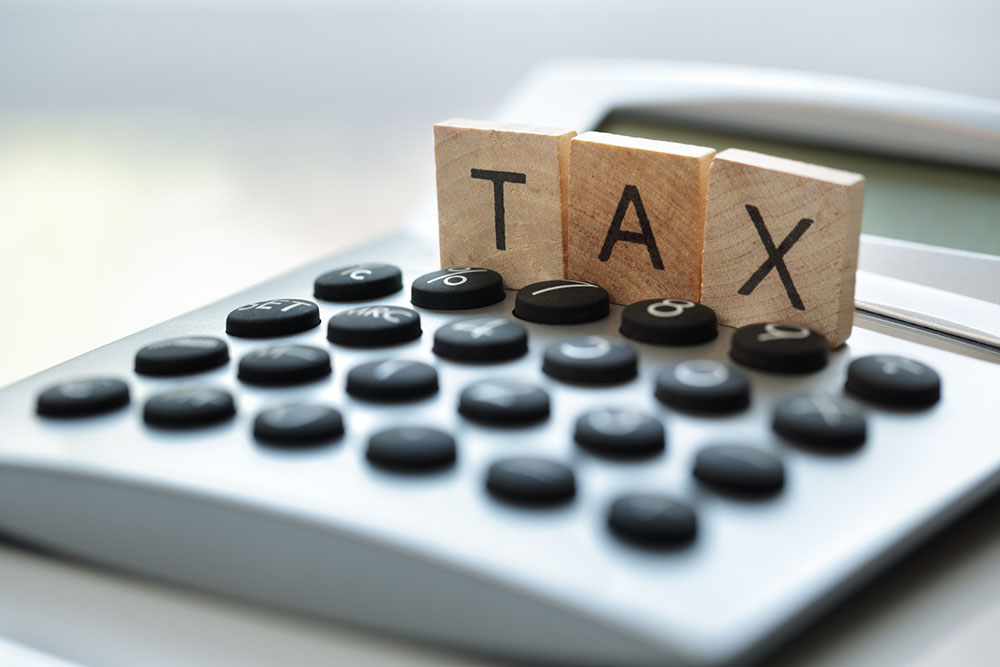
This content is for information and inspiration purposes only. It should not be taken as financial or investment advice. To receive personalised, regulated financial advice regarding your affairs please consult us here at WMM (financial planning in Oxford).
Did you know that there’s a limit to how much you save into a pension? In 2020-21, this “lifetime allowance” is set at £1.0731 million – with 55% tax levied on any withdrawals which exceed this amount (or 25% when taken as income). Unfortunately, many people in the UK are unaware of this limit throughout their careers, only to face difficult and costly decisions as retirement nears and the realisation dawns. Here at WMM, our aim is to help people avoid these kinds of errors and enjoy their hard-earned wealth once their careers wind down. Below, you’ll find some ideas about how to avoid breaching the lifetime allowance – as the rules currently stand.
Modelling the future
Whilst £1.0731 million might seem like a completely unrealistic amount to achieve, many people could be on course to break this barrier without careful planning. Consider, for instance, that a 30-year-old with £400,000 saved into her pension could – with 5% annual returns – exceed this lifetime allowance by age 67, even without making any further pension contributions. This is why financial planning can be so helpful – identifying ways to continue growing your wealth without a needless future tax penalty. So, what are some ideas?
Supplementary strategies
Most likely, it will be a good idea to continue putting money into your pension as you work. Think carefully before opting out; if you do so, then your employer might also stop contributing. You can also consider the following options to keep your pension within your lifetime allowance:
- Tax-free lump sum withdrawal. Most defined contribution pensions allow you to take out 25% of its value once you reach age 55. However, some final salary (i.e. defined benefit) schemes may also let you do this. This could be a great way to save on tax whilst also enjoying some of your pension savings earlier – perhaps for a nice holiday or new car.
- Early retirement. In the example above of the 30-year-old, she may exceed her lifetime allowance if she eventually retires at 67. However, retiring earlier – perhaps at 60 – may help to keep her pension within the limits. Again, some final salary schemes may allow this provided you accept a lower level of annual income.
- Delay access. One little-known aspect of the lifetime allowance is that it does not usually apply once you reach the age of 75. Assuming your pension savings are below the limit and you haven’t taken money from it once you reach your 75th birthday, you may choose to keep it invested. After this point, the pension will not be “tested” again and you could let it continue growing – even over the lifetime allowance – without fear of a tax charge, with the intention of eventually passing it on as an inheritance. This option could work if you have other sources of income to fund your retirement lifestyle. However, be mindful that pension rules could change in the future – as could your circumstances, which may require you to access your pension savings (e.g. to fund long term care).
- Fixed Protection 2016. If you have not made any pension savings since the 5th April 2016, then you may be able to apply for this special type of protection which gives you a lifetime allowance of £1.25 million. To qualify, one key condition is that the total value of your pensions is worth at least £1m since the aforementioned date.
Invitation
Interested in finding out how we can optimise your financial plan? Get in touch today to arrange a free, no-commitment consultation with a member of our team here at WMM.
You can call us on 01869 331469


